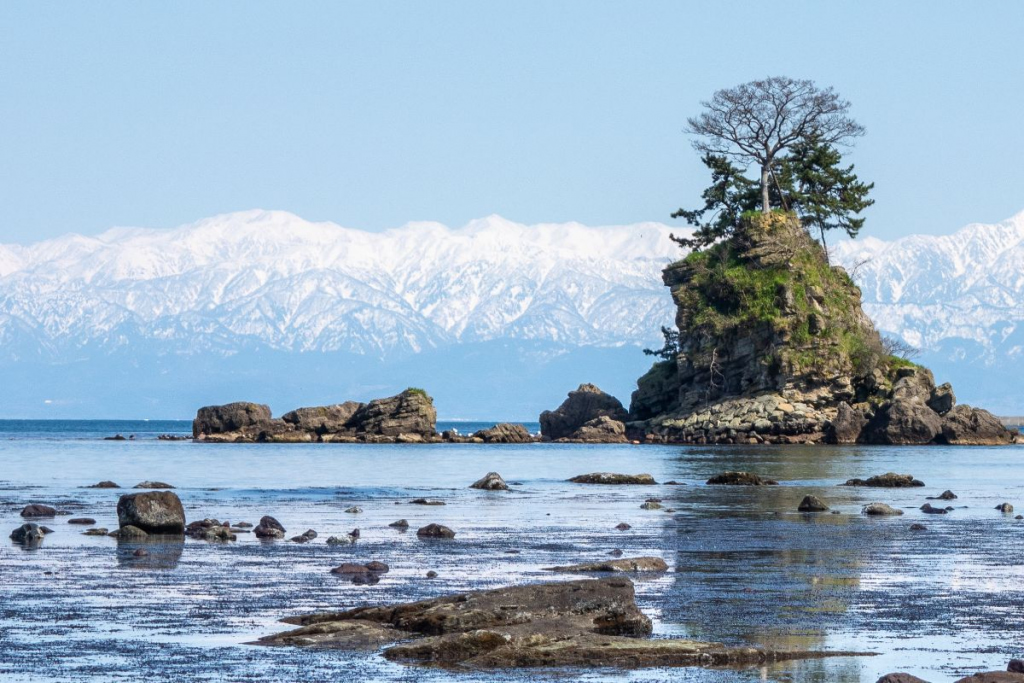Toyama Prefecture is home to the Tateyama Peaks, one of the most dramatic mountain ranges in Japan, and bustling bayside towns with sandy coastlines. Its capital, Toyama City, is consistently ranked among the best places to live in the Chubu region. As well as their love of kombu, Toyama locals are known for their relaxed and welcoming demeanor.
As a visitor to the region, there are a multitude of attractions to discover. Let us introduce you to a Toyama as surprising as it is unexpected. A rooftop playground, a dazzling glass museum and superior snow tunnels await…
1. Toyama is a Cultural Hotspot
Known more for its mountains and beaches than its cultural spots, it may come as a surprise to find that Toyama has its own share of notable art collections.
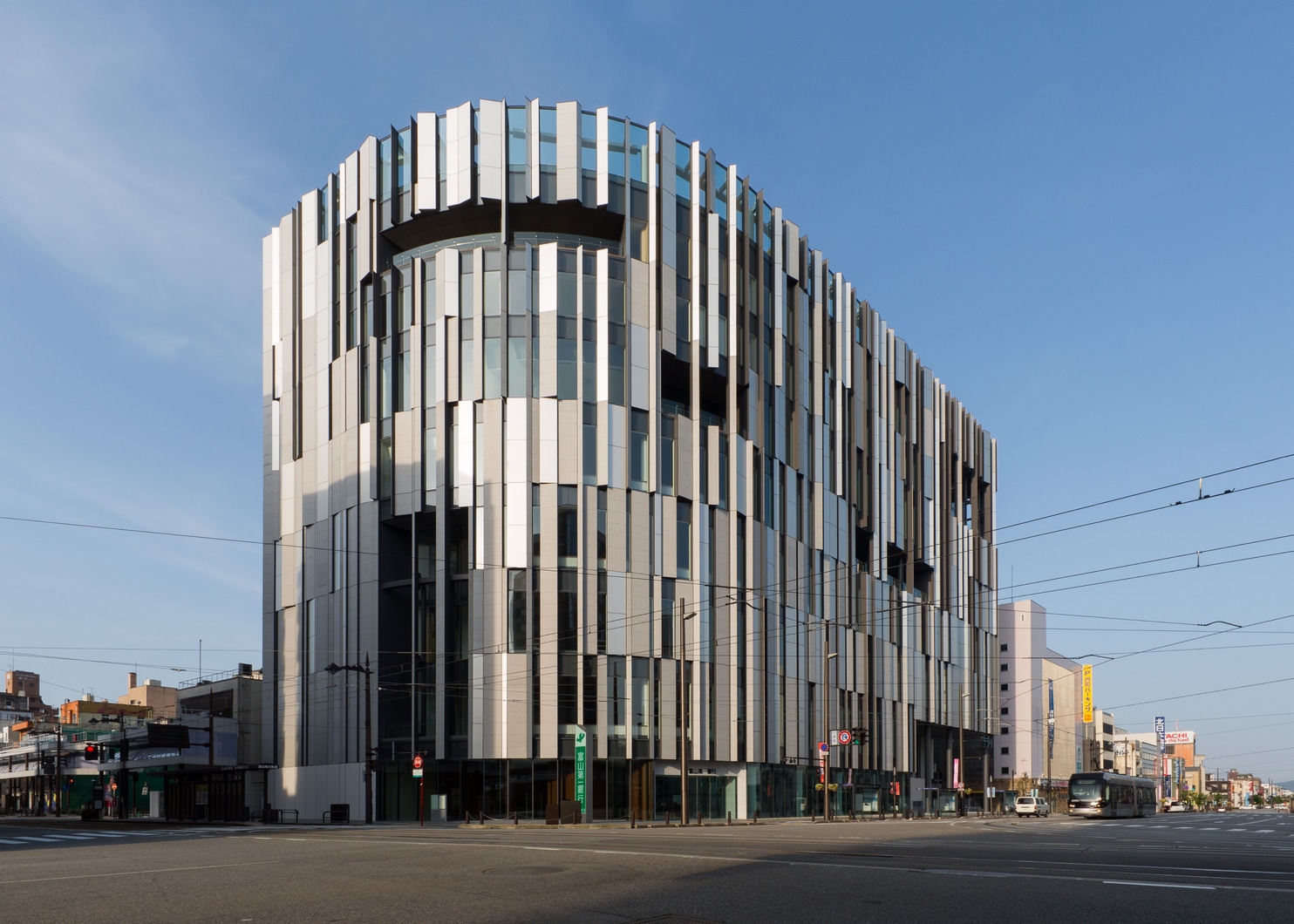
Toyama Kirari
Toyama Kirari is famed across Japan for its spectacular structure designed by illustrious Japanese architect, Kengo Kuma. Comprising a highly renowned glass art museum adjoined by an equally impressive library and bank, this towering building cuts a striking silhouette against the skyline in the heart of the city.
The Glass Art Museum has a striking geometric exterior — with its interior created to match it — using cedar, aluminum and stone. The glass art is radiant under the sun’s rays as the building catches ample light to enhance its dazzling exhibits.
The permanent collection includes seminal contemporary glass sculptor Dale Chihuly with his eye-catching pieces, hosted in the Glass Art Garden on the sixth floor. The Glass Art Passage encompasses a sumptuous collection of works by artists from across the world with ties to Toyama, and a changing exhibition on the fourth floor is host to global creators from Japan and beyond.
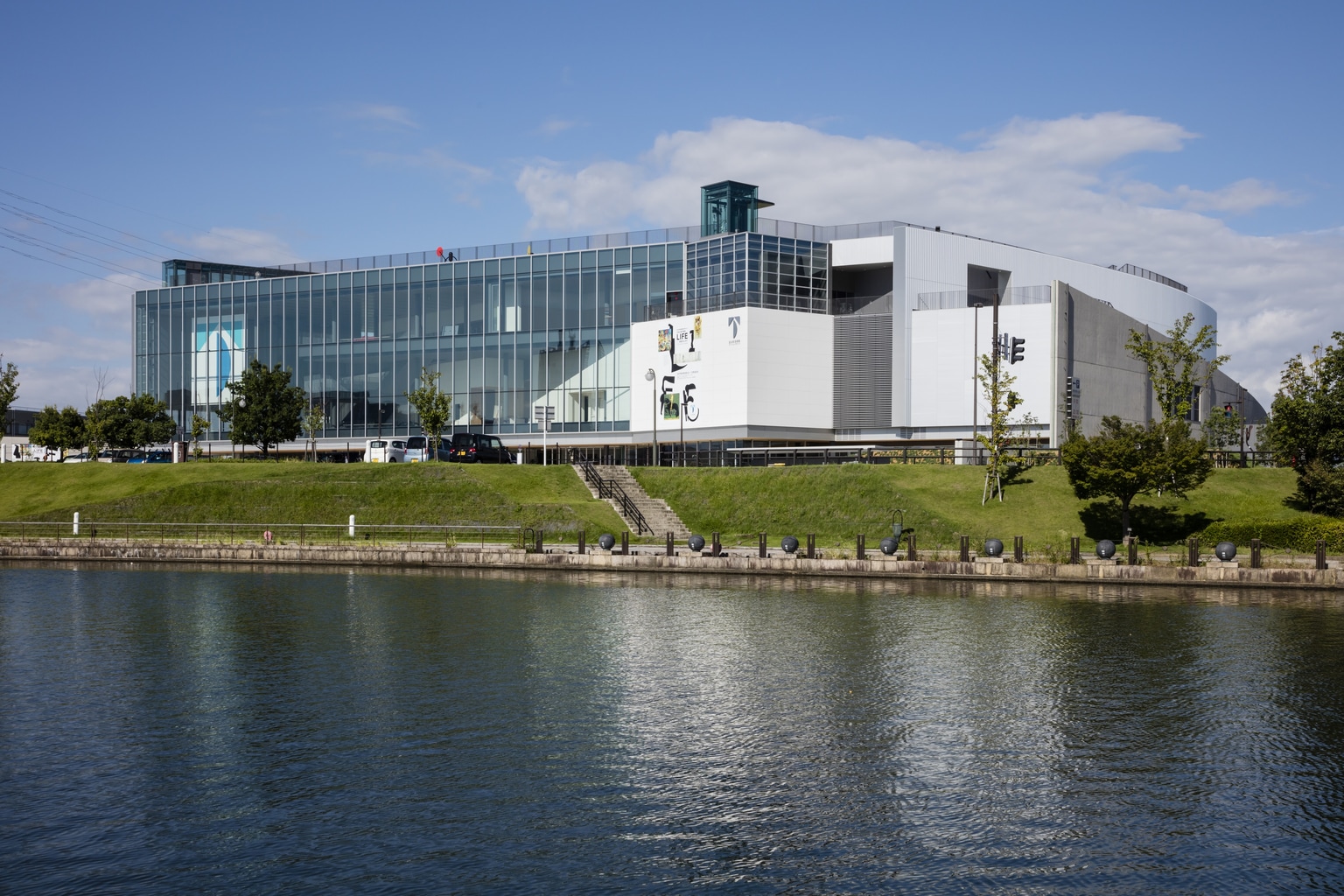
Toyama Museum of Art and Design (TAD)
TAD is based around the concept of connecting art to design, and focuses on providing a hands-on experience.
Located in the Fugun Canal area in Kansui Park, beautiful views of the Tateyama Mountains can be enjoyed from the park and museum. The surrounding area boasts other notable locations such as the Michelin-starred French restaurant La Chance.
The museum’s permanent collection features a broad range of international and local artists from 20th century international figures to living legends. Changing exhibitions are of a high caliber, with past exhibitors including Joan Miro and Kaii Higashiyama. Guests can provide feedback and interact with exhibits thanks to 3D screens designed by Japanese creators NOMLab.
Up top, Onomatopoeia Roof Garden is worth a visit in itself. The museum’s infamous rooftop playground features futuristic equipment by Issey Miyake collaborator Taku Satoh, to delight even the big kids. A giant bouncy white dome takes center stage amongst other playthings designed around Japanese onomatopoeia such as “kurukuru” (round and round) and “tsurutsuru” (smooth).
2. Toyama is Brimming with Historic Villages
One of three UNESCO-designated historic villages, a visit to Gokayama — isolated for many years — is like stepping back in time. The area is technically made up of 40 villages, so we’ve picked our favorites from the bunch.
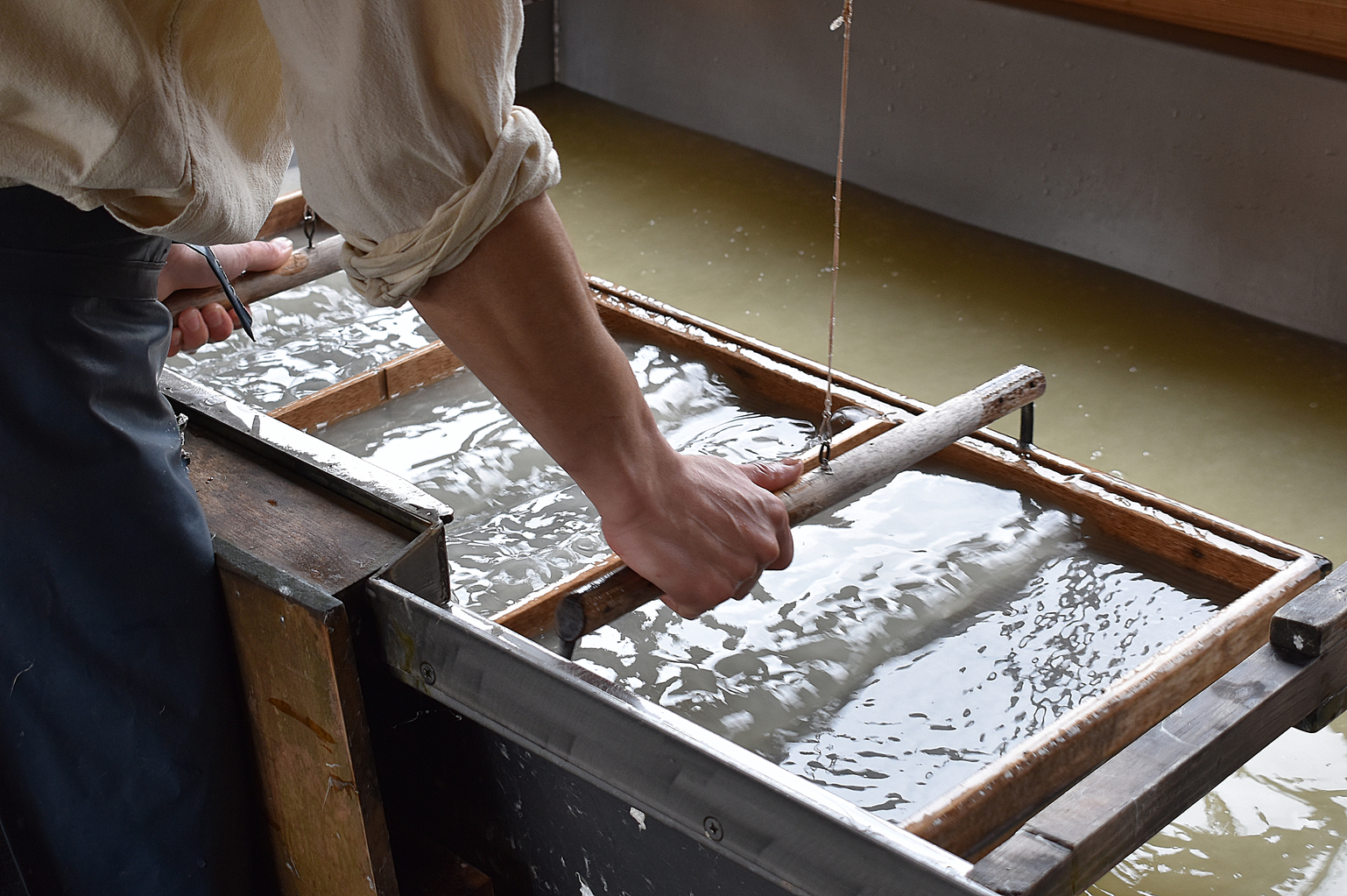
Gokayama Japanese Paper Village
For craft lovers, the Gokayama Japanese Paper Village is a must. Located in roadside station Michi no Eki Taira, this area makes for the perfect pitstop for crafty travelers.
A short ride or car journey away from Toyama City, the center is home to a paper-making museum, with plenty of shops and workshops where visitors can purchase and even make washi paper. While there are many places throughout Japan that claim washi fame, Etchu Washi is named for the region’s former title, and is a UNESCO-certified variety of the traditional Japanese paper.
The recent decline in washi craftspeople led locals to build this washi-focused village, where they even grow mulberry trees to be used for paper production.
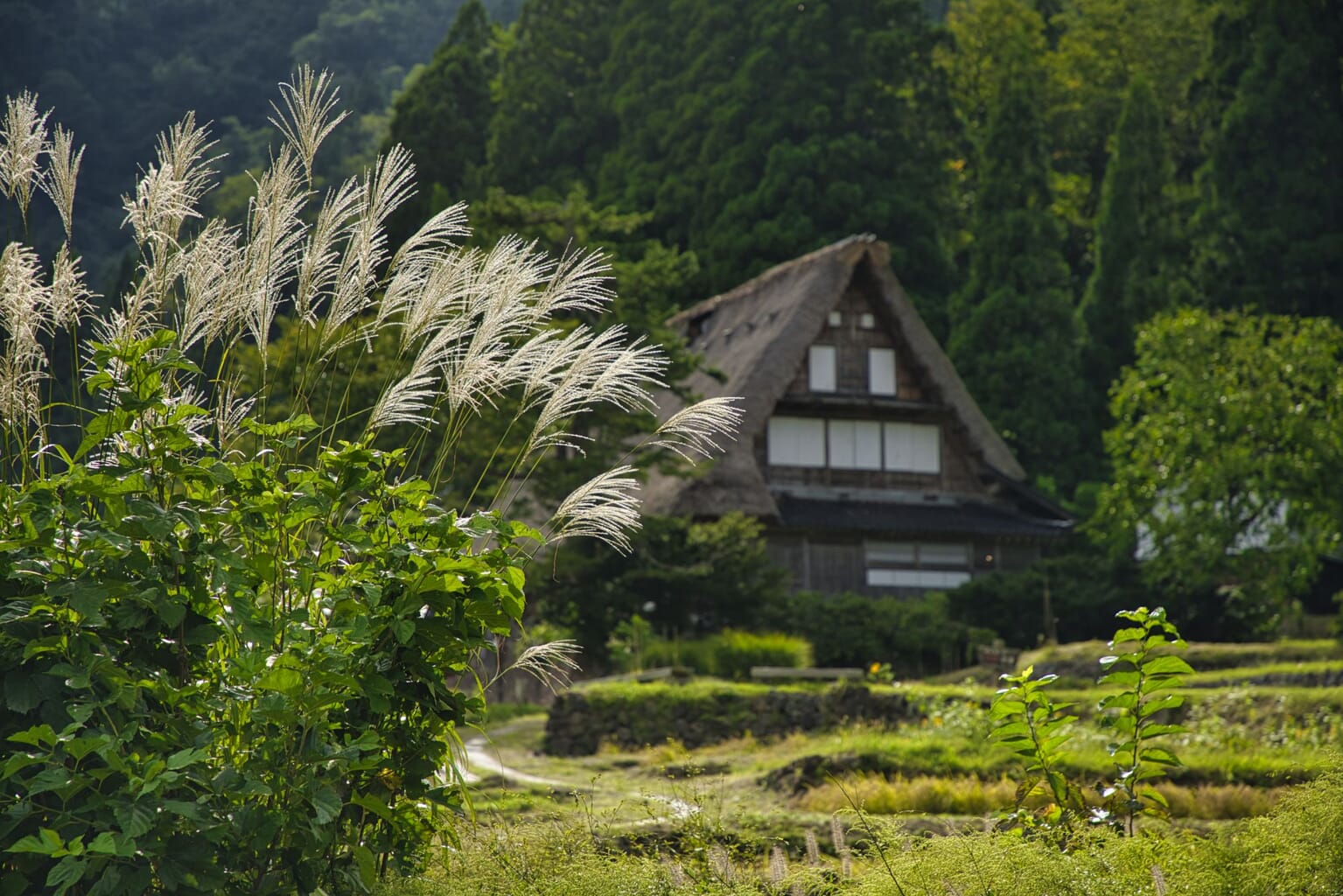
Ainokura and Suganuma
Many examples of gassho-style houses (structures with steeply sloped thatched roofs) have been destroyed by weather or fire, so the homes in the Gokayama villages of Ainokura and Suganuma are becoming even more of a rarity. The distinctive buildings hail from the Edo Period and are remarkably well-preserved here.
Both villages are located in idyllic rural settings, surrounded by mountains and rich greenery. In Ainokura, the most popular of the two villages, there is an observatory that treats guests to breathtaking views of the dwellings nestled among the mountains. There is also an option to stay in one of the houses.
3. In Toyama, Water Comes in All Shapes and Sizes
Toyama is known for its water: Here you’ll find beaches, canals and snow tunnels.
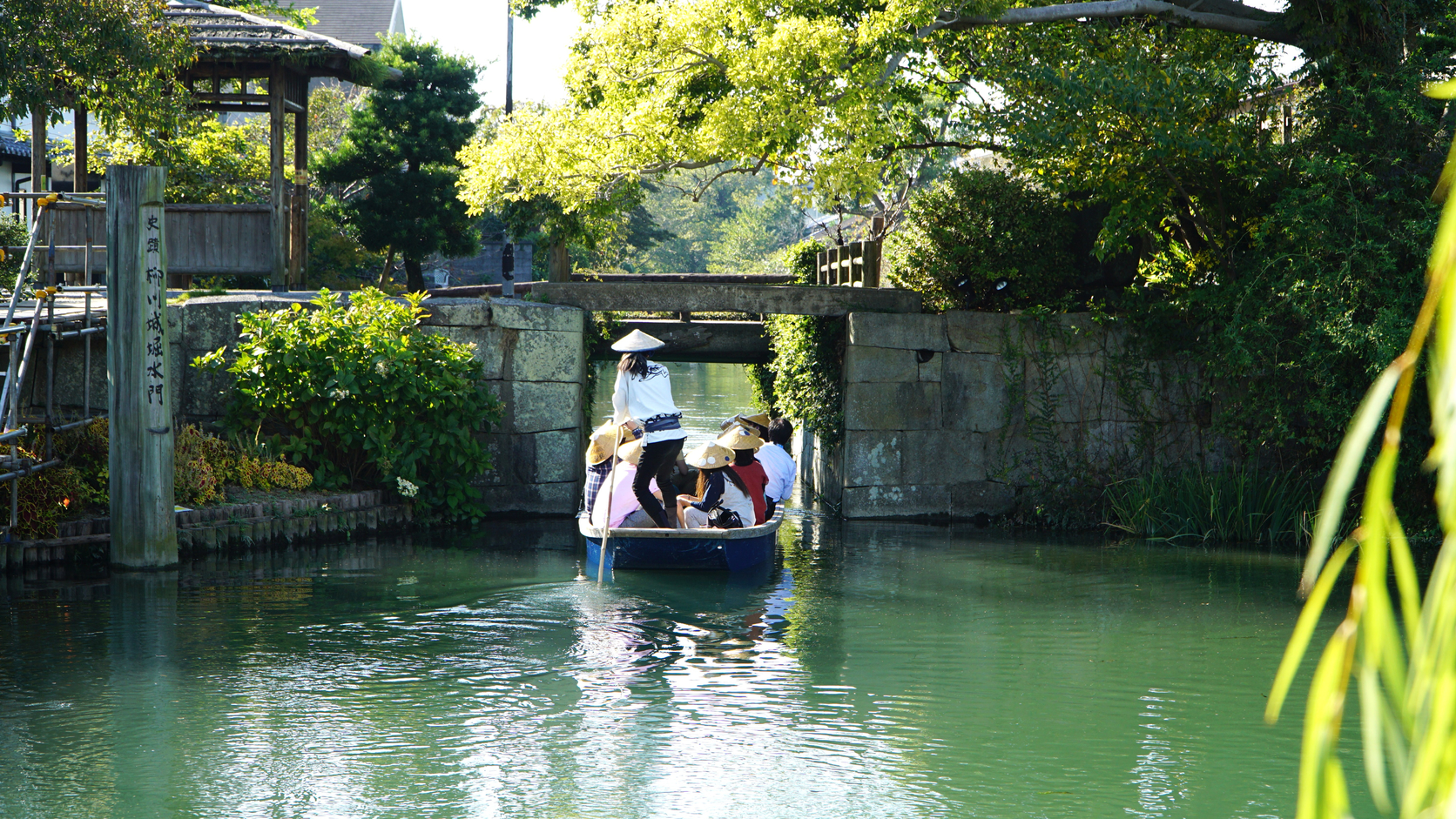
Japan’s Venice
This rendition of Japan’s Venice (Fukuoka Prefecture’s Yanagawa is another spot with the same moniker) is located in the bustling port town of Uchikawa, overlooking the Sea of Japan. A popular merchant spot in the 19th century, its main feature is its boat-lined canals, decorated with a total of 12 bridges. Visitors can take advantage of river cruises, which offer the chance to pass under all the bridges, each with its own unique design.
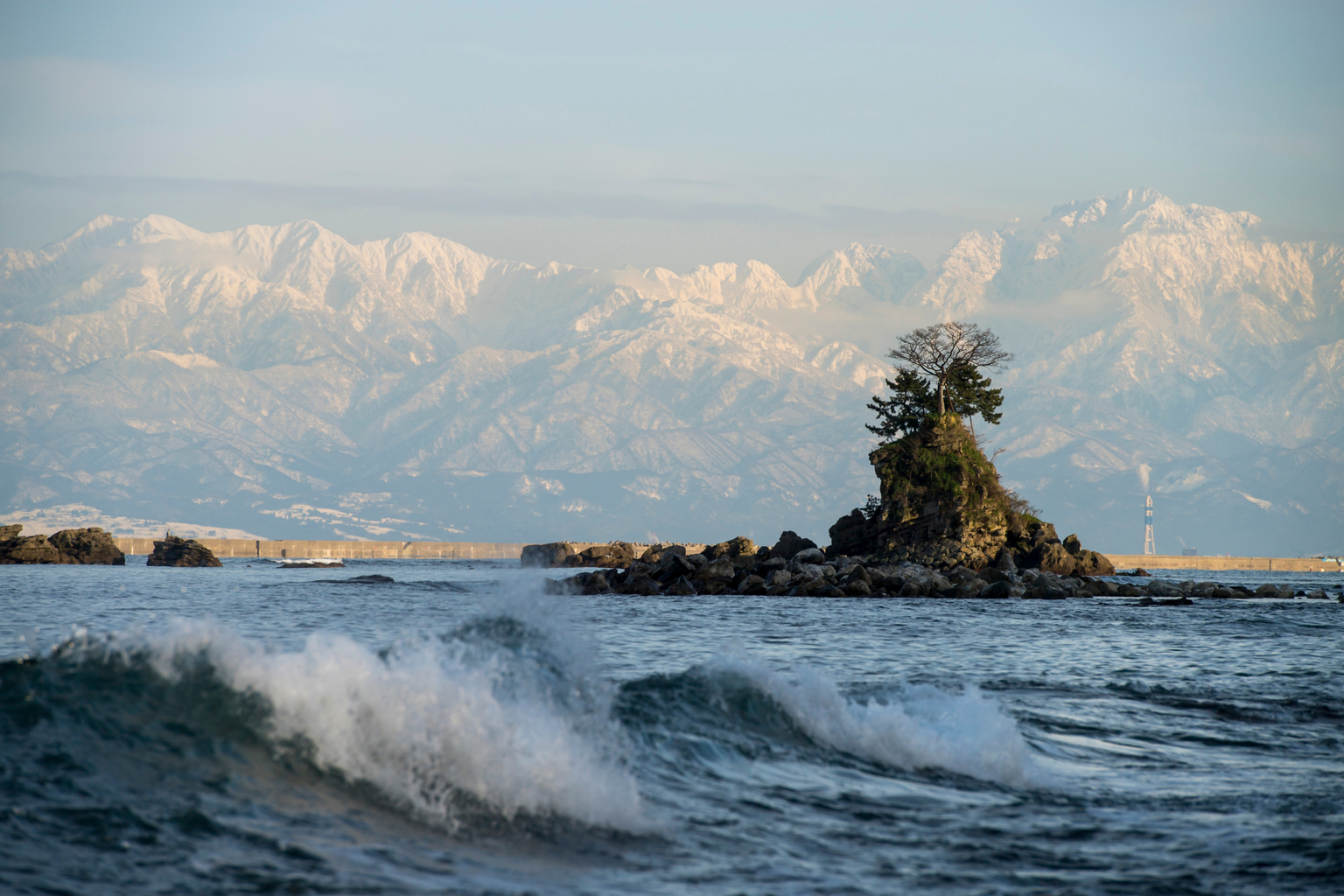
Amaharashi Coast
The beautiful Amaharashi coastline has long been loved by Japanese literati, including historic Manyo poet Otomo No Yakamochi. With views over Toyama Bay, through to the Tateyama Mountains, the pine-dotted white sand beach provides an enriching escape and has even been voted as one of the top 100 Japanese white sand beaches.
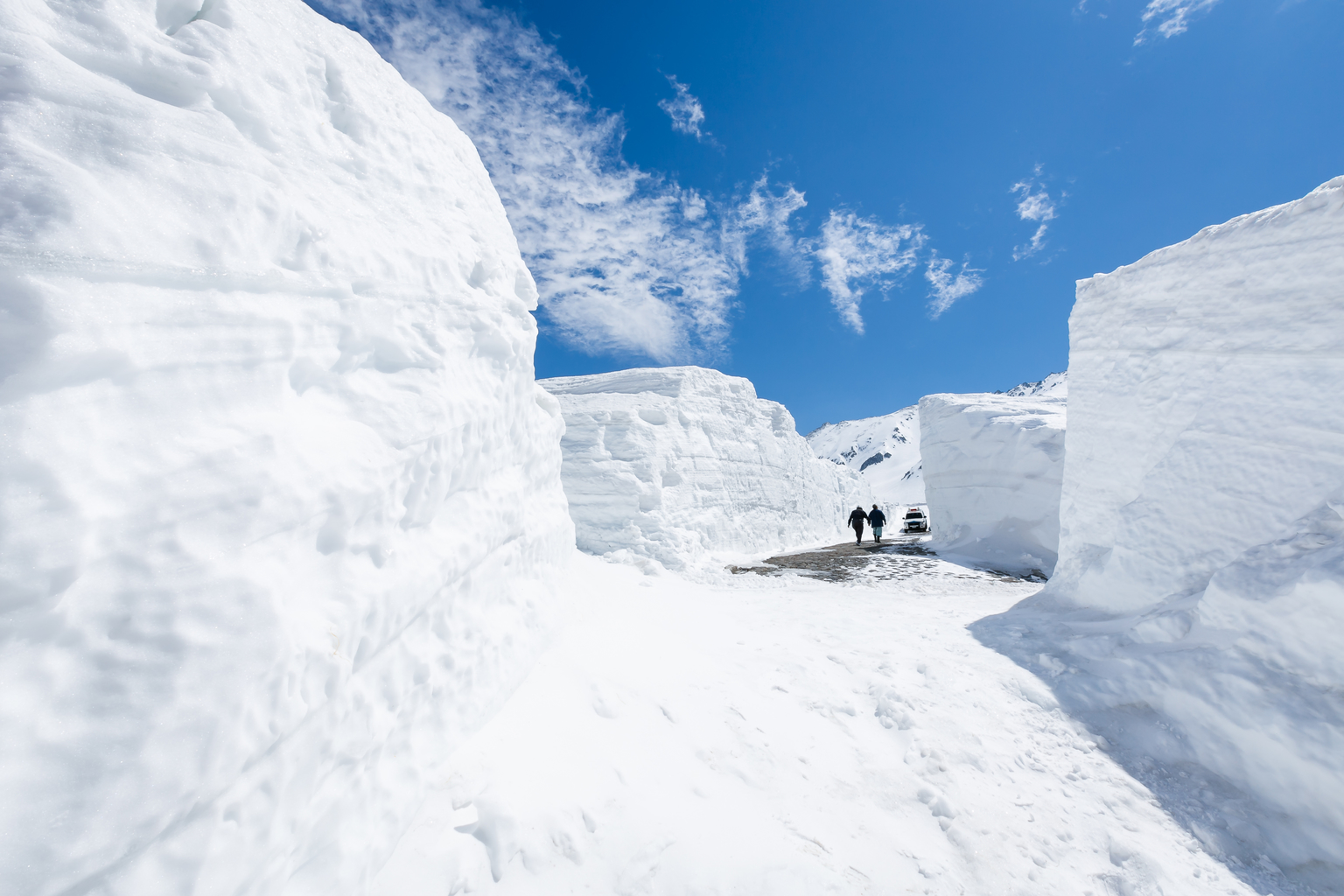
Tateyama Alpine Route
Enter a frozen world on foot or by car through the 20-meter-high tunnels that traverse Toyama Northern Alps from April to June every year. The awe-inspiring snow corridor dominates the scenery for miles, a frozen facade stretching through towns and mountains. As the bigger Japanese cities heat up in early summer, it can be a refreshing escape to immerse yourself in a snowy tunnel up north.
Want to know more about Toyama? Check out these articles next:

